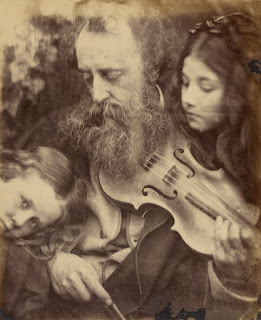Dr. Doodles
I can remember when I first started drawing I was obsessed with precision and making thing proportional when sketching a person. I no long wanted to draw eyes too far up on the head like I did when I was a kid. In my early 20s I discovered a book called “ Artistic Anatomy ” by Paul Marie Louis Pierre Richer (originally published in 1889) hoping to study it to become better at sketching the human form. The book went into the particulars of the human body and it followed the same practices that da Vinci did when he merged artistic and scientific observation (Irving). The artistic eye was used to further medical research as it did required great attention to detail. Body Code is a collection of biomedical animation displayed in galleries to gain public interest in scientific knowledge. The detail of the cellular phenomenon can be quite a vision when magnified from its molecular scale. In recent times, we have s...
